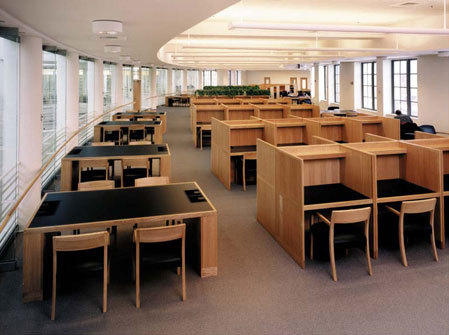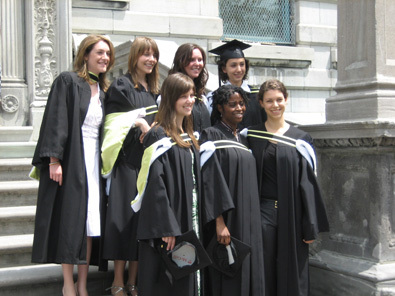Introduction
Case Western Reserve University has seen many large-scale improvements, including those to the undergraduate general education requirements. Most students, including me, dread having to take classes in which they have absolutely no interest, but are required to receive their degree. It can be especially hard for freshmen to adjust to the competitive, high-intensity learning atmosphere at Case while lost in undergraduate classes with hundreds of other students. Starting fall 2005, all incoming students are enrolled in the SAGES curriculum, an undergraduate requirement program enabling students to make selections among diverse course choices, as well as enjoy close personal attention from professors in smaller classes sizes.
In addition to the curriculum, the physical campus itself is getting a major face-lift. Currently, Euclid Avenue, one of Cleveland’s major streets, cuts the campus in half, effectively dividing the undergraduate population by a thirty-minute walk between North and South Residential Villages. Work was completed summer 2005 to centralize most undergraduate housing on the North Side of campus, allowing classmates to more easily interact and creating a much more cohesive atmosphere and culture on campus. The South Residential Village houses some students and a number of fraternities and sororities.
Location
When considering which school to attend, location usually factors into the final decision, so why pick Cleveland? There are no mountains, no rolling green fields or glittering lakes flanked by glaciers, and no antiquated academic buildings smothered in ivy, but there are myriad other things of more value than stereotypical campus aesthetics. Case is integrated into the city of Cleveland and located in the center of University Circle, home to a multitude of excellent cultural institutions, such as the Cleveland Museum of Art, Severance Hall, and the Cleveland Institute of Art and Cleveland Institute of Music. A massive medical complex is positioned in the center of campus, home to university hospitals and the medical, dental, and nursing Schools. The famed Cleveland Clinic is just blocks away.
The architecture is as impressive as the culture, exemplified by the sturdy, modern style of Kelvin Smith Library’s spiral stairways and flowing open spaces, and the eccentrically designed Peter B. Lewis building, which looks, honestly, like a titanic soda can exploded and warped the brick building on which it sits. While it may not be the most classically picturesque campus to choose, it is absolutely jammed with every type of institution possible and all within walking distance of student housing.
Majors
Case is known mainly as an engineering school, but lurking within that blanket reputation is a thriving liberal arts community. Case is about variety, with its four undergraduate colleges (nursing, business management, engineering, and arts and sciences), and offers students plenty of opportunity to explore whichever educational options may be tugging at their intellects. Sitting in an English class, you may be surprised to discover that nearly half the students are electrical engineering majors, some of whom are double-majoring in world literature, and others who are pursuing a political science degree. At Case, there is no need to stress over knowing exactly what subject to major in on the first day because there is so much opportunity to try different educational avenues. If you don’t like the direction you’re headed, or want to pick up an extra major, then you are free to do exactly that. In fact, it’s encouraged; double-majoring is far from uncommon. It’s not unusual to pass by a Japanese class and see a math major, or computer science classes and spot several philosophy majors, because it’s that type of explorative, open-minded mindset that Case cultivates.
Experiences at Case can range from brain meltingly boring to rocket-propelled merry-go-round exciting. It depends on who you are and what you’re looking for. If you’re looking to sit down every night with your studies and dedicate yourself fully to your grades, then you will get good grades. A lot of students at Case make the decision to do this, which is, in part, why Case gets a reputation for being a “nerdy” school. This is unfortunate—tragic almost—given the opportunities available to students. Apply and attend and you will be surprised as long as you want to be surprised. Opportunity is here for an amazingly unique experience that is not just academic, but social and cultural and anything else you can think of. You just have to be willing to get off the couch and go find it.





